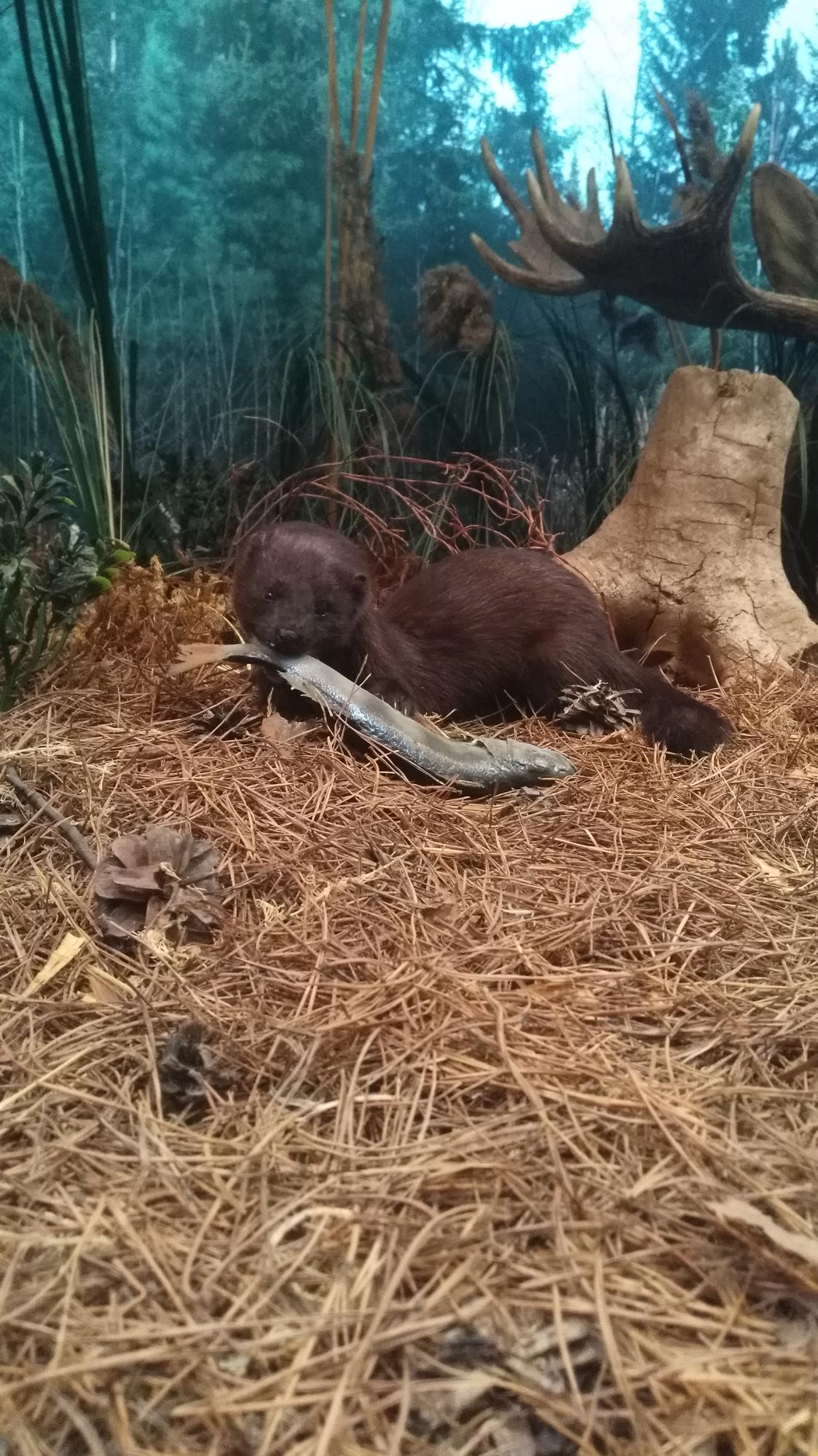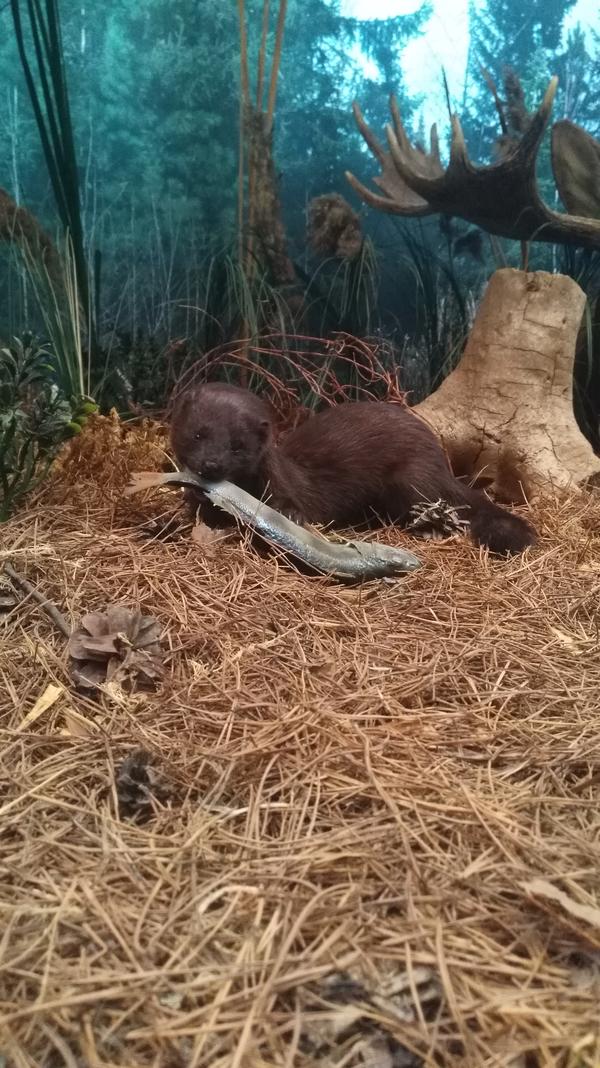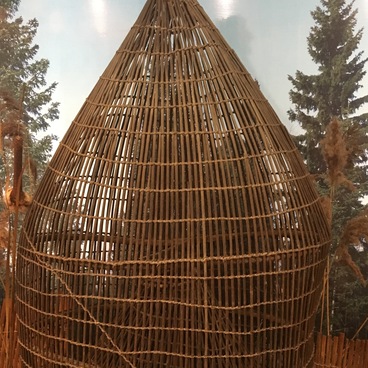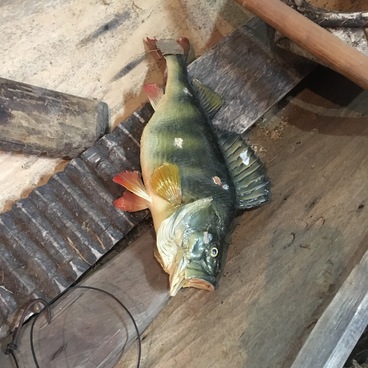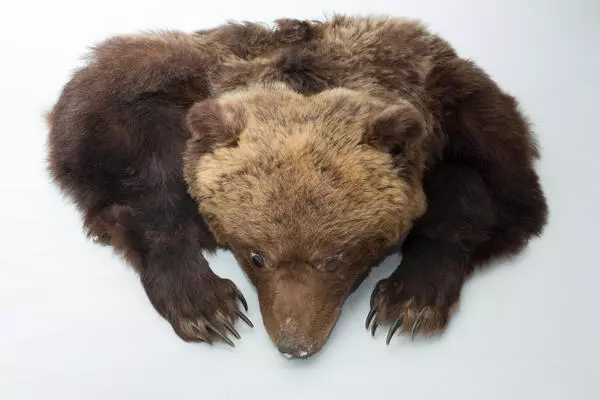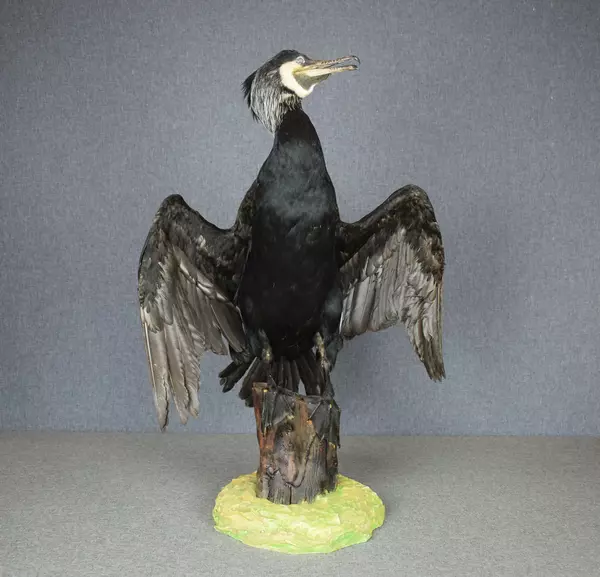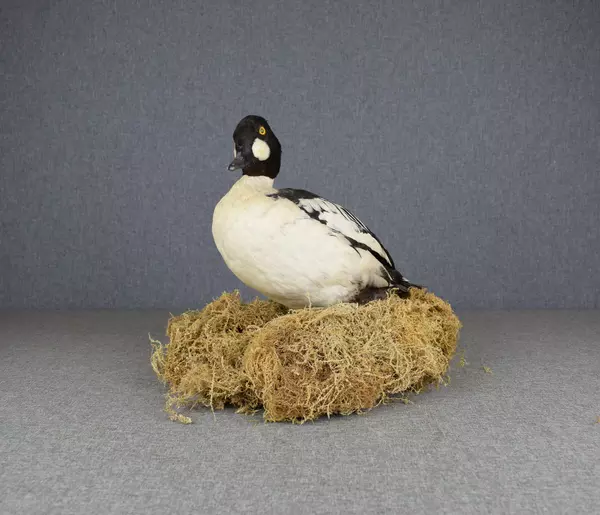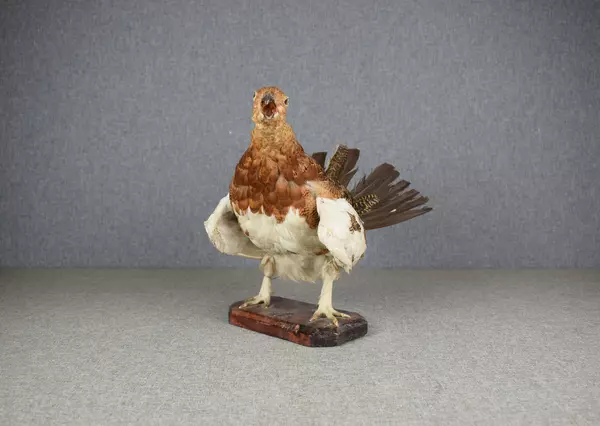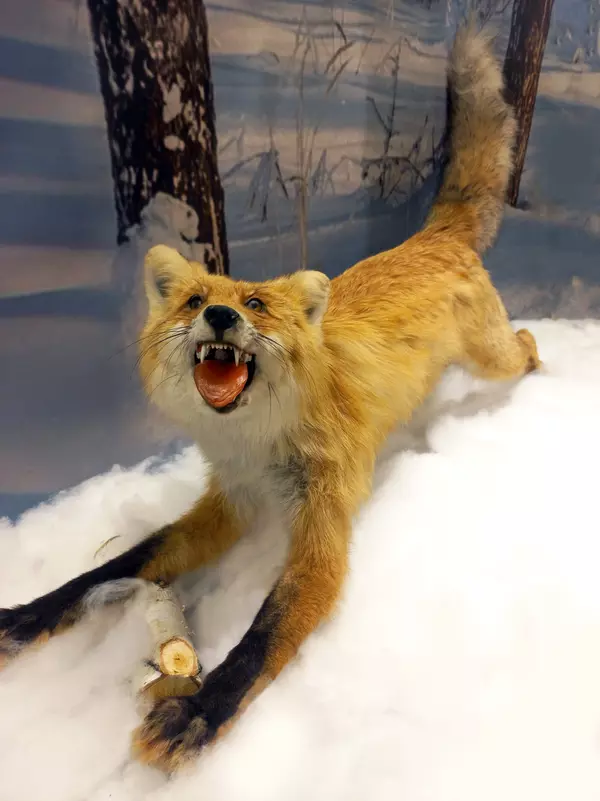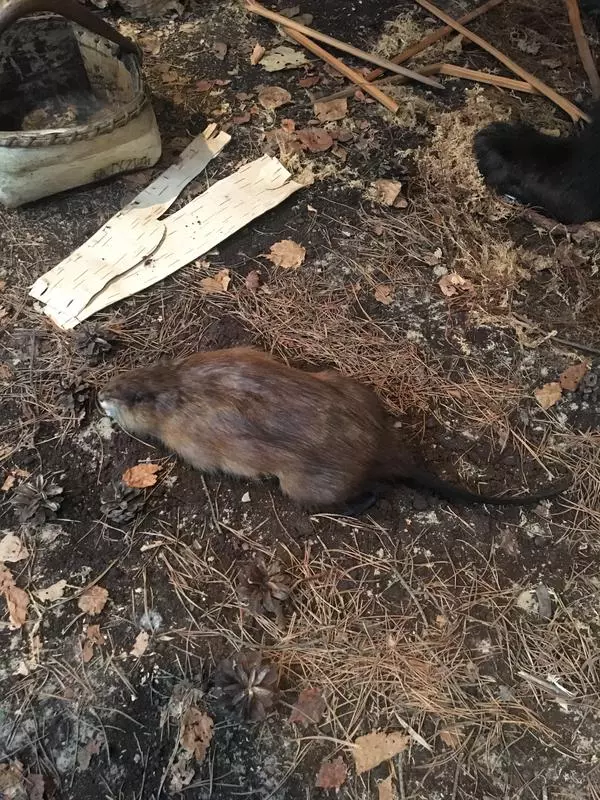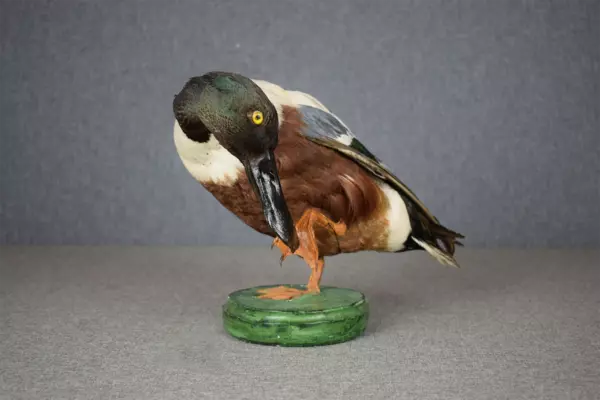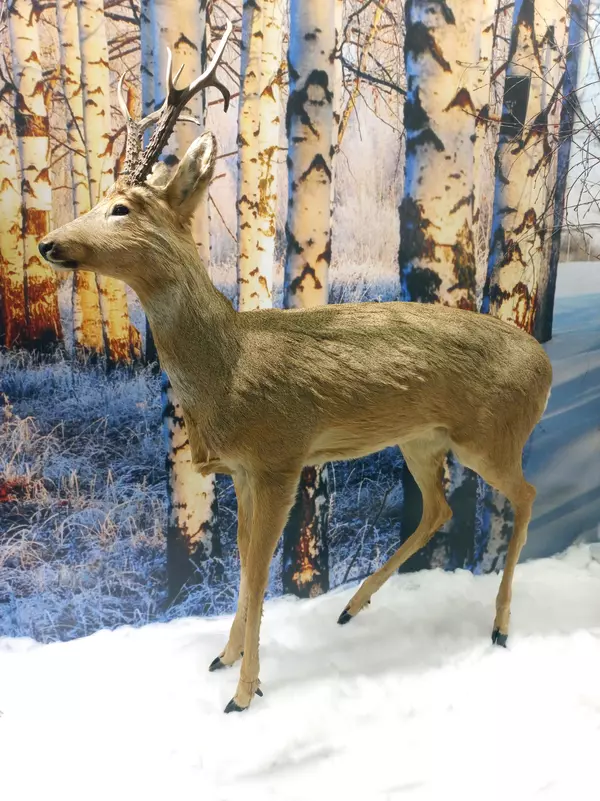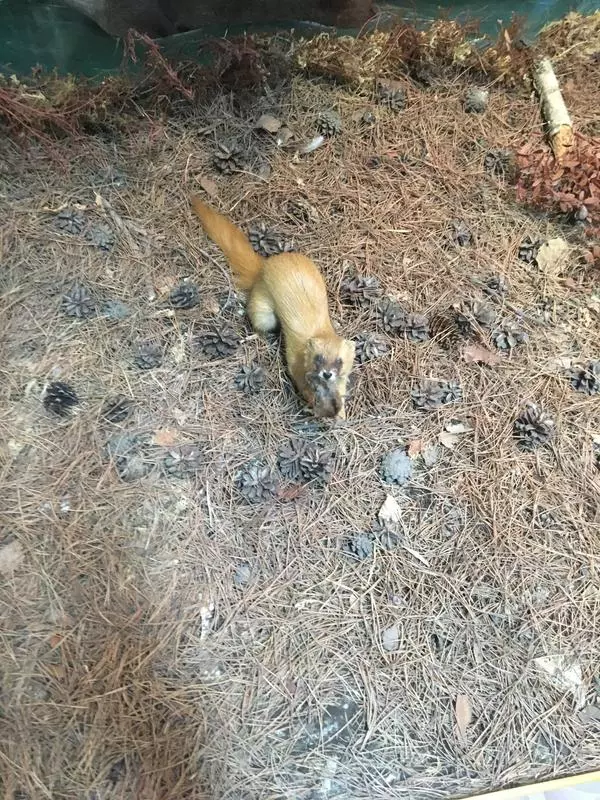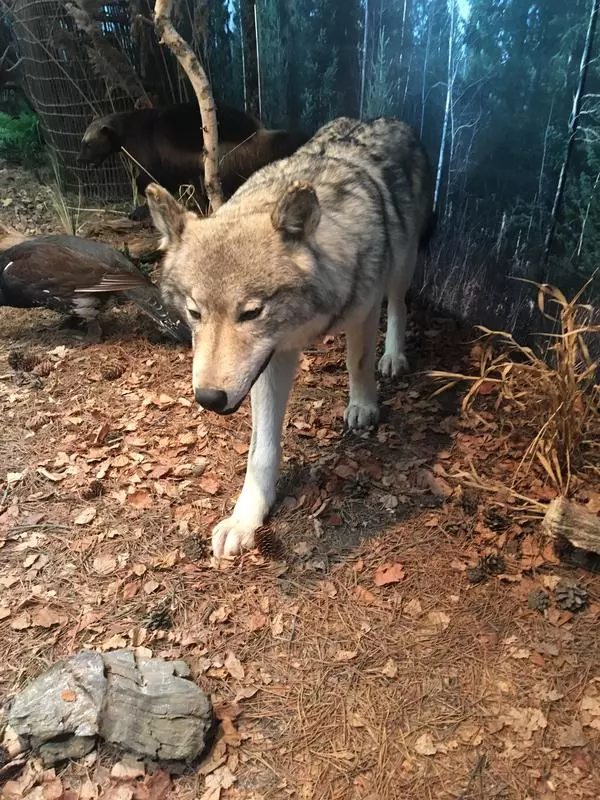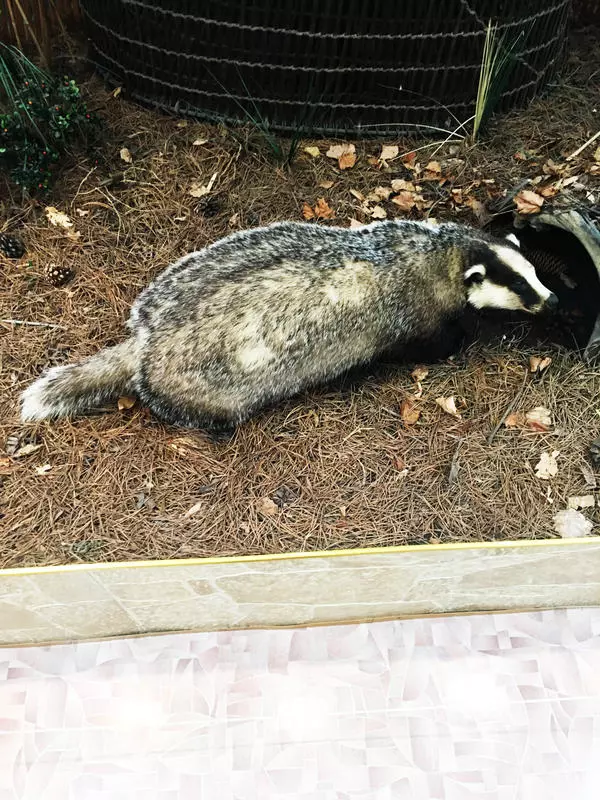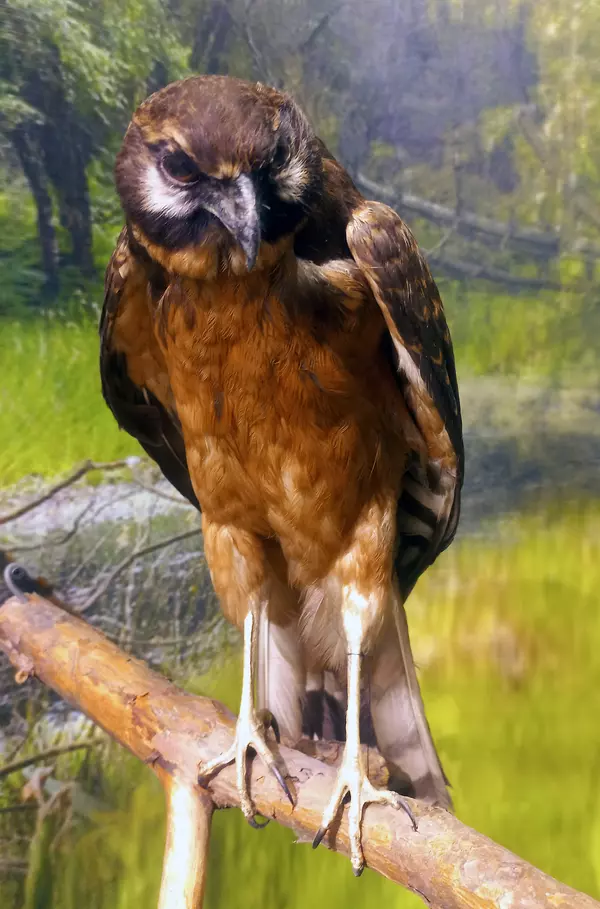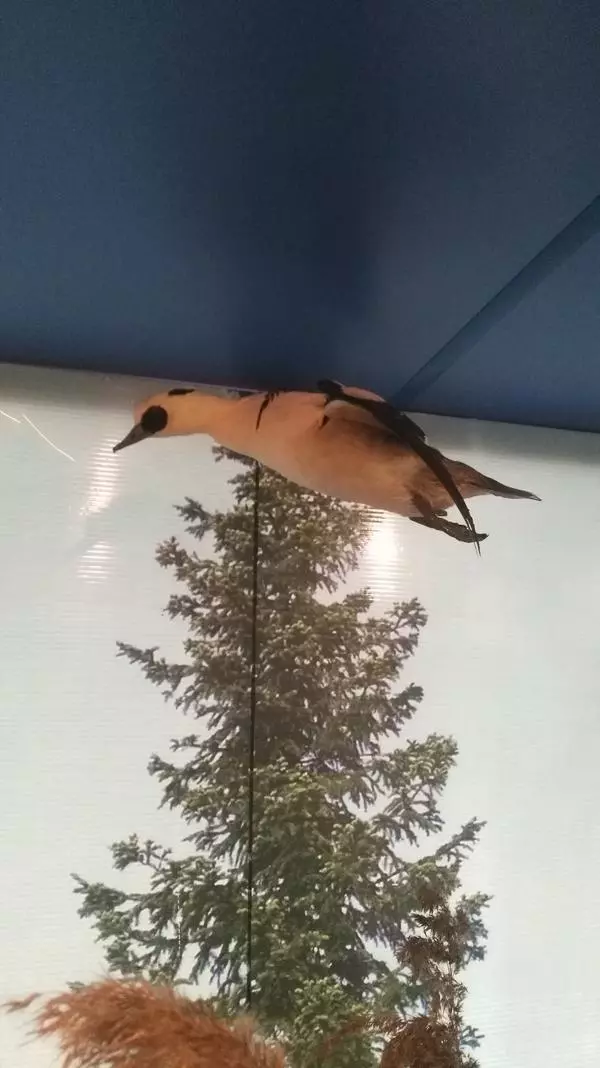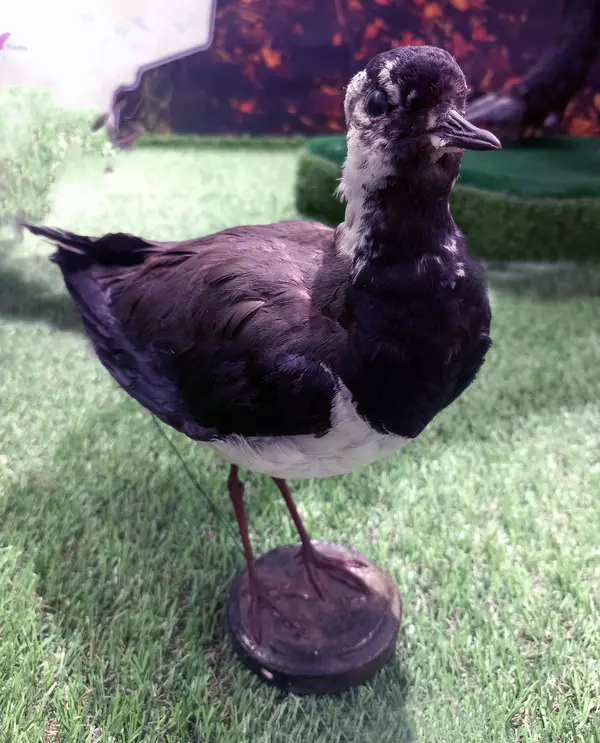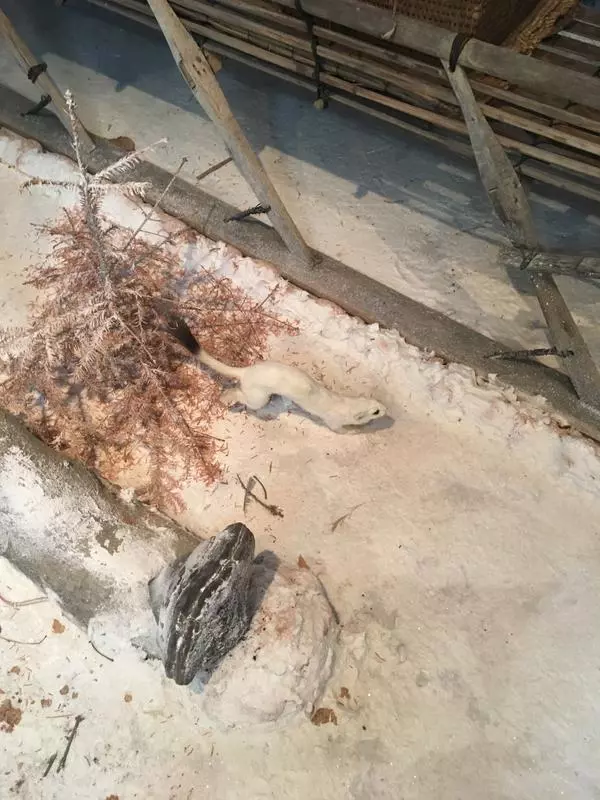American mink is a predatory mammal from the marten family. It has valuable fur, and can live not only in natural environment. Minks are bred for industrial purposes on fur farms, and sometimes kept in city apartments — as pets.
In wildlife, the mink lives in a wooded coastal zone, on the shores of reservoirs, where it makes its burrows, often taking them from muskrats. Representatives of this species lead a semi-aquatic lifestyle. Mink swims at a speed of 1.5 kilometers per hour, can stay under water for up to 2-3 minutes and swim up to 30 meters.
Minks are predators; they feed four to nine times a day, most actively in the morning and evening. Animals are not picky about food: they especially like crustaceans, fish and invertebrates, birds and insects. In addition, these animals can eat rabbits and squirrels, various mollusks and earthworms.
Minks lead a solitary lifestyle. Due to poor vision, these animals rely mainly on their sense of smell. They use odor marks to communicate with each other.
Minks are most active at night, but in cloudy weather, as well as in severe frosts, they can stay awake during the day too. These animals do not fall into hibernation, but they can sleep in their holes for several days in a row in the event of prolonged cold weather with a very low temperature. Minks’ shelters have a complicated layout: their length is about three meters, burrows are made of several chambers, including a room for breeding offspring and a lavatory.
The mink is a quiet animal, but if it is disturbed or angered, it begins to hiss and snort actively. Sometimes it can yap — often tamed animals do so in order to attract the master’s attention.
The American mink was introduced into the territory of Western Siberia in the 1930s, and gradually replaced the local species having occupied its ecological niche. Mixing between these species could not occur due to significant genetic differences. Today, mink is often hunted because of valuable fur, however, it becomes extremely rare for hunters of the Uvat District.
In wildlife, the mink lives in a wooded coastal zone, on the shores of reservoirs, where it makes its burrows, often taking them from muskrats. Representatives of this species lead a semi-aquatic lifestyle. Mink swims at a speed of 1.5 kilometers per hour, can stay under water for up to 2-3 minutes and swim up to 30 meters.
Minks are predators; they feed four to nine times a day, most actively in the morning and evening. Animals are not picky about food: they especially like crustaceans, fish and invertebrates, birds and insects. In addition, these animals can eat rabbits and squirrels, various mollusks and earthworms.
Minks lead a solitary lifestyle. Due to poor vision, these animals rely mainly on their sense of smell. They use odor marks to communicate with each other.
Minks are most active at night, but in cloudy weather, as well as in severe frosts, they can stay awake during the day too. These animals do not fall into hibernation, but they can sleep in their holes for several days in a row in the event of prolonged cold weather with a very low temperature. Minks’ shelters have a complicated layout: their length is about three meters, burrows are made of several chambers, including a room for breeding offspring and a lavatory.
The mink is a quiet animal, but if it is disturbed or angered, it begins to hiss and snort actively. Sometimes it can yap — often tamed animals do so in order to attract the master’s attention.
The American mink was introduced into the territory of Western Siberia in the 1930s, and gradually replaced the local species having occupied its ecological niche. Mixing between these species could not occur due to significant genetic differences. Today, mink is often hunted because of valuable fur, however, it becomes extremely rare for hunters of the Uvat District.
